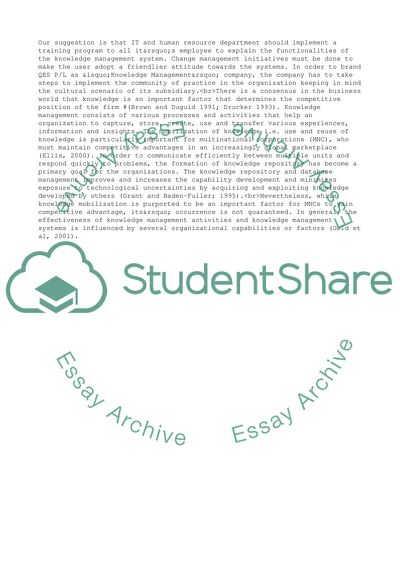Cite this document
(“Situation Analysis of the Case Study Book Report/Review”, n.d.)
Retrieved from https://studentshare.org/management/1557508-situation-analysis-of-the-case-study
Retrieved from https://studentshare.org/management/1557508-situation-analysis-of-the-case-study
(Situation Analysis of the Case Study Book Report/Review)
https://studentshare.org/management/1557508-situation-analysis-of-the-case-study.
https://studentshare.org/management/1557508-situation-analysis-of-the-case-study.
“Situation Analysis of the Case Study Book Report/Review”, n.d. https://studentshare.org/management/1557508-situation-analysis-of-the-case-study.


